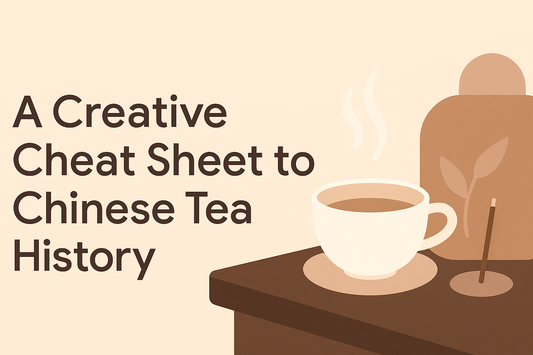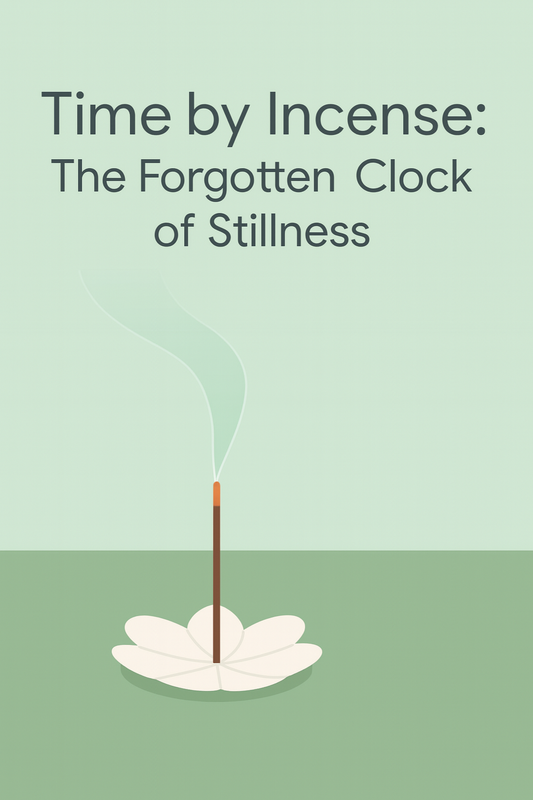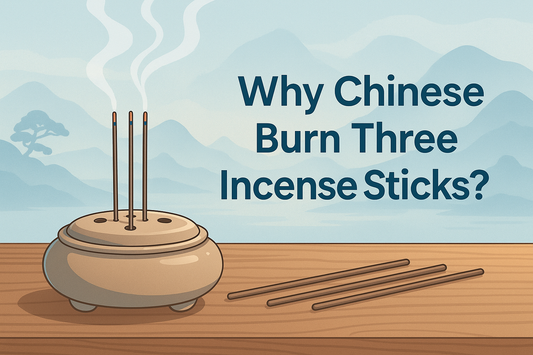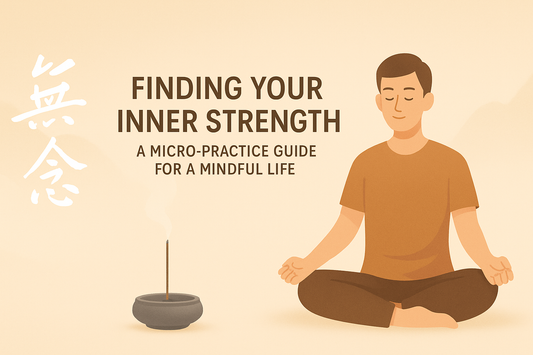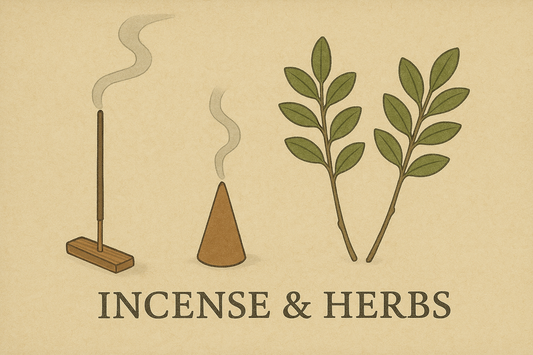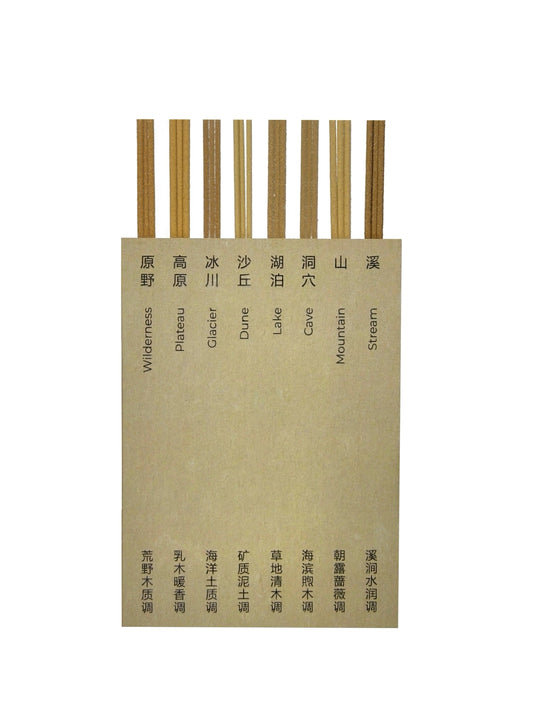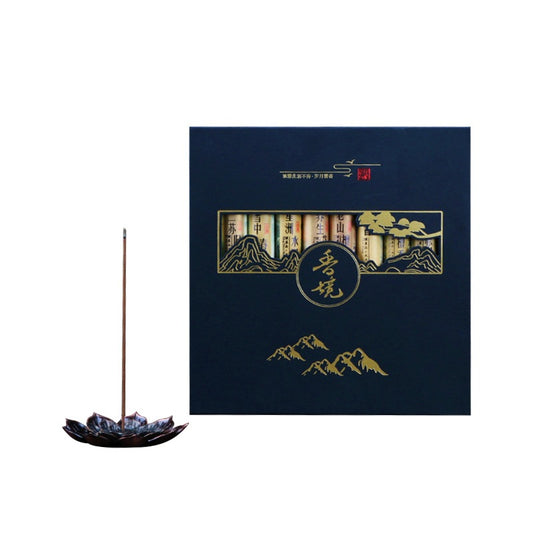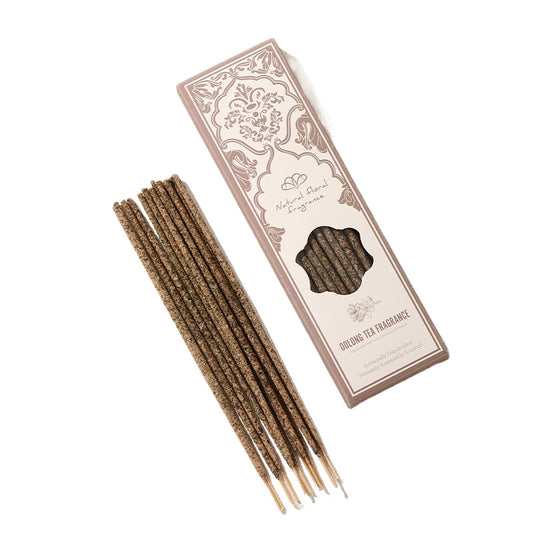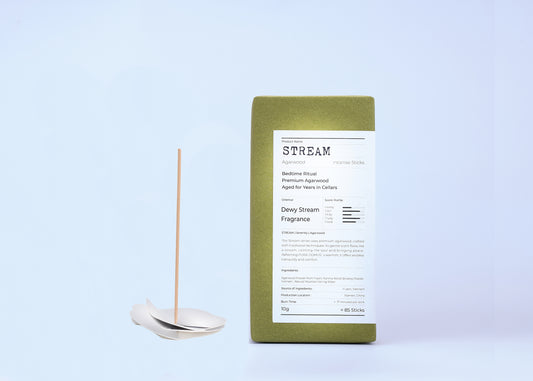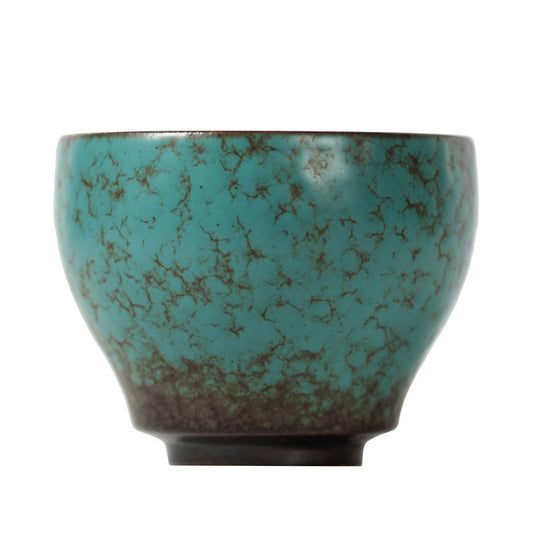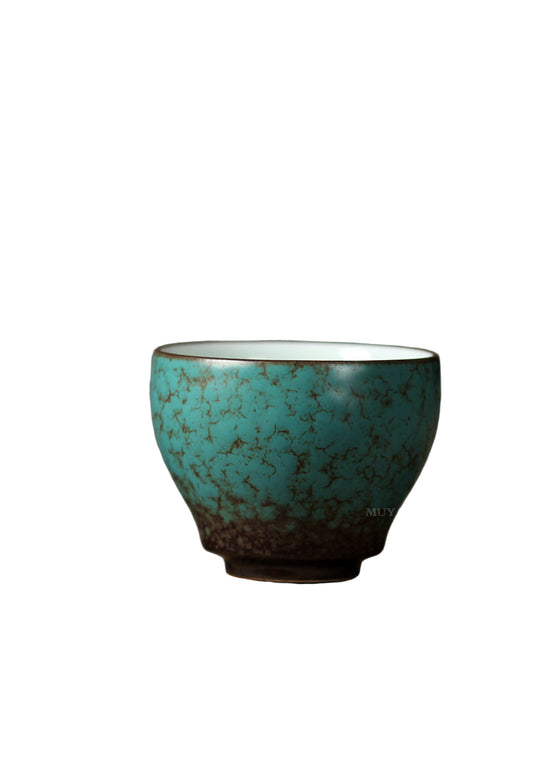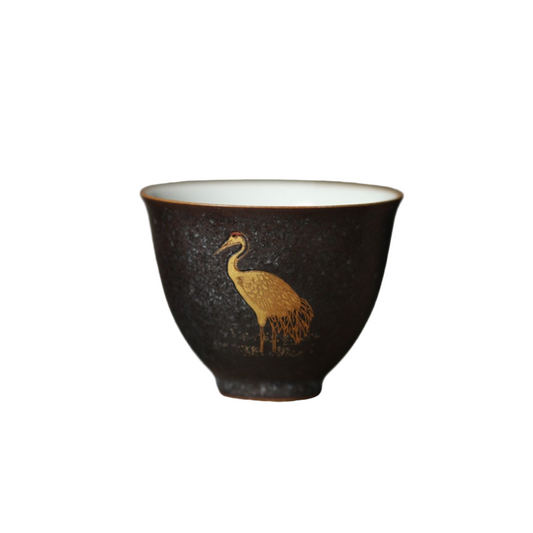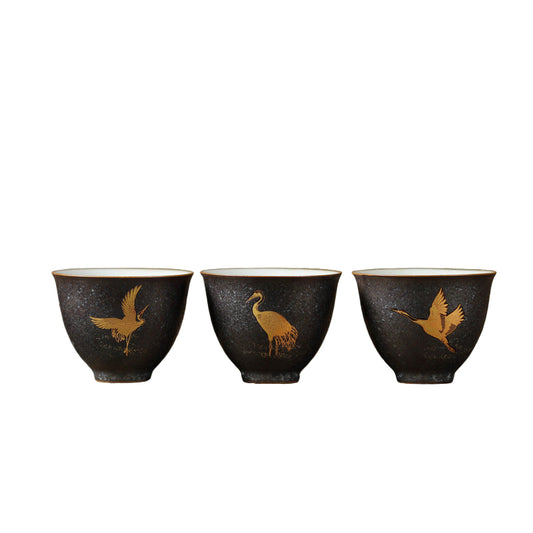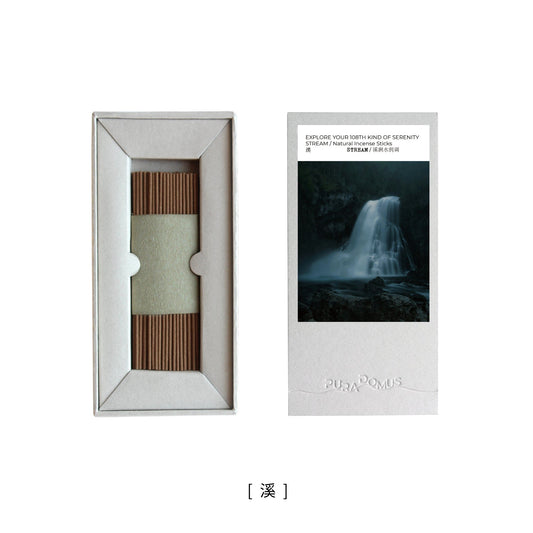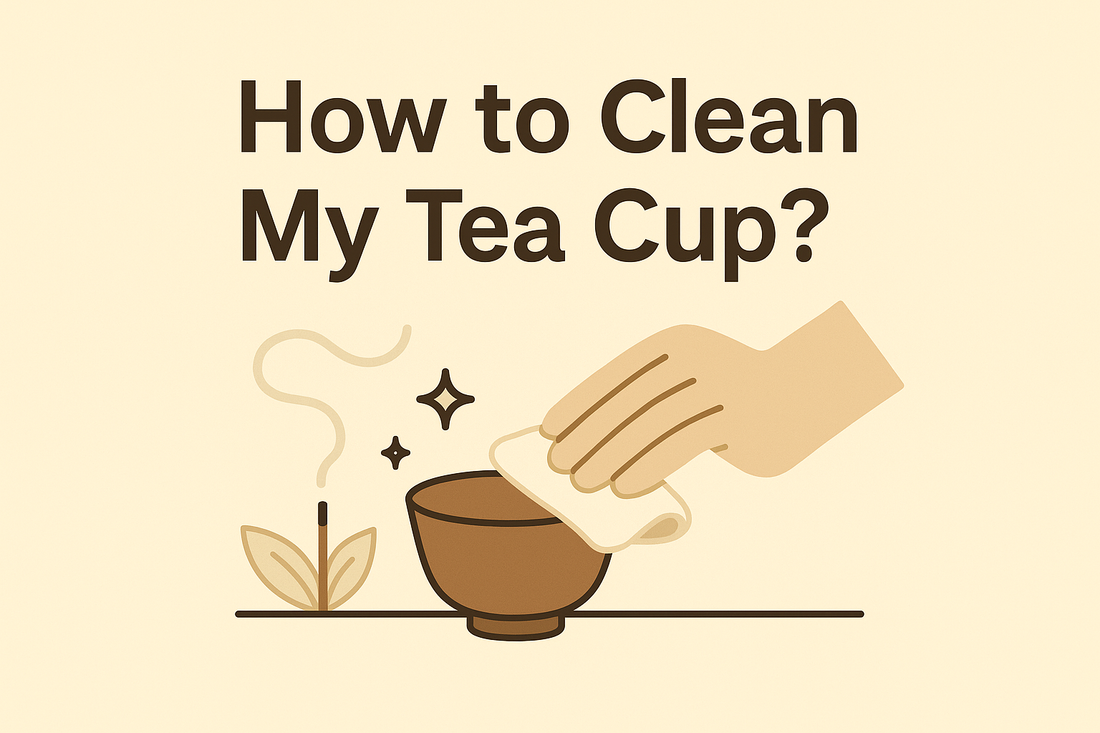
How to Clean My Tea Cup?
How to Clean My Tea Cup?
Porcelain & Bone China — Gentle, Glossy Surfaces
Routine Care
- Rinse with warm water right after tea time to prevent tannin setting.
- Hand-wash with mild dish soap and a soft sponge; rinse and towel dry.
- Avoid: metal scouring pads, harsh powders, and thermal shock.
Deep Cleaning
- Dust the interior with baking soda; add a splash of warm water to form a paste.
- Rub in small circles for 30–60 seconds; rinse thoroughly.
- For stubborn rings, soak 15–20 minutes in 1:3 white-vinegar:water, then rinse and dry.
Dishwasher: Usually OK for plain porcelain. Avoid dishwasher for gold/silver rims, luster, or elaborate decals.
Ceramic & Stoneware — Everyday Workhorses
Routine Care
- Warm-water rinse, mild soap, soft sponge; dry fully to avoid water spots.
- Glazed interiors handle baking-soda paste well for rings.
Deep Cleaning
- Soak 15–30 minutes in warm water + mild soap; use a soft brush if needed.
- For matte/unglazed areas, avoid long vinegar soaks; use baking soda instead.
Tip: If your ceramic has hairline crazing, avoid prolonged soaks that could wick in colourants.
Glass — Crystal Clear When De-stained
Routine Care
- Rinse warm; use mild soap with a soft sponge or bottle brush.
- Prevent mineral haze by towel drying instead of air drying in hard-water regions.
Deep Cleaning
- Baking-soda paste for rings; rinse until squeak-clean.
- For cloudy scale: 10-minute soak with 1:3 vinegar:water, then rinse.
Dishwasher: Usually fine on the top rack; avoid sudden temperature shock.
Stainless & Enamel Mugs — Durable but Sensitive to Chemicals
Routine Care
- Rinse warm; use mild soap and a soft bottle brush.
- Dry completely to prevent water marks; leave lids off until fully dry.
Deep Cleaning
- Stains: baking-soda paste or a short 1:3 vinegar soak; rinse well.
- Avoid bleach (can pit stainless) and abrasive scouring pads.
- For enamel, do not soak if the coating is chipped; hand-wash only.
Tea Stain (Tannin) Removal Methods — Choose What You Have
- Baking soda paste (most gentle): damp sponge + baking soda; circular rub; rinse.
- Diluted vinegar (1:3): 10–20 minute soak; rinse until the odor is gone.
- Lemon & salt: halve a lemon, dip in fine salt, rub interior; rinse.
- Oxygen-based cleaner: for severe staining; follow label, rinse thoroughly. Do not mix with vinegar or other cleaners.
Never mix bleach and acids. When in doubt, start with baking soda—food-safe and effective.
Smart Storage & Odor Control
- Dry is king: moisture breeds odors. Towel dry, then air-dry briefly.
- Avoid strong smells: store away from spice/oil cabinets to prevent odor transfer.
- Stack safely: add felt or paper dividers between cups; keep gold-rim cups separate.
- Climate tips: humid regions (HK/SG/coastal AU/US) — add a small desiccant; dry/cold regions — avoid thermal shock after washing.
Short FAQ
Why do stains come back quickly?
Tea polyphenols bind to micro-roughness. A gentle polish with baking soda smooths the surface and slows re-staining.
Are denture tablets safe?
Generally safe for porcelain, ceramic, and glass when used as directed, then rinsed thoroughly. Avoid on metal.
Do I need to disinfect cups?
Routine soap-and-water cleaning is sufficient for home use. If needed, a brief hot-water rinse (not boiling) after washing helps—avoid shocking delicate china.
Discover More in Monian
Explore our handcrafted incense holders and natural incense collections designed to bring peace and elegance to your space.
Discover Now
